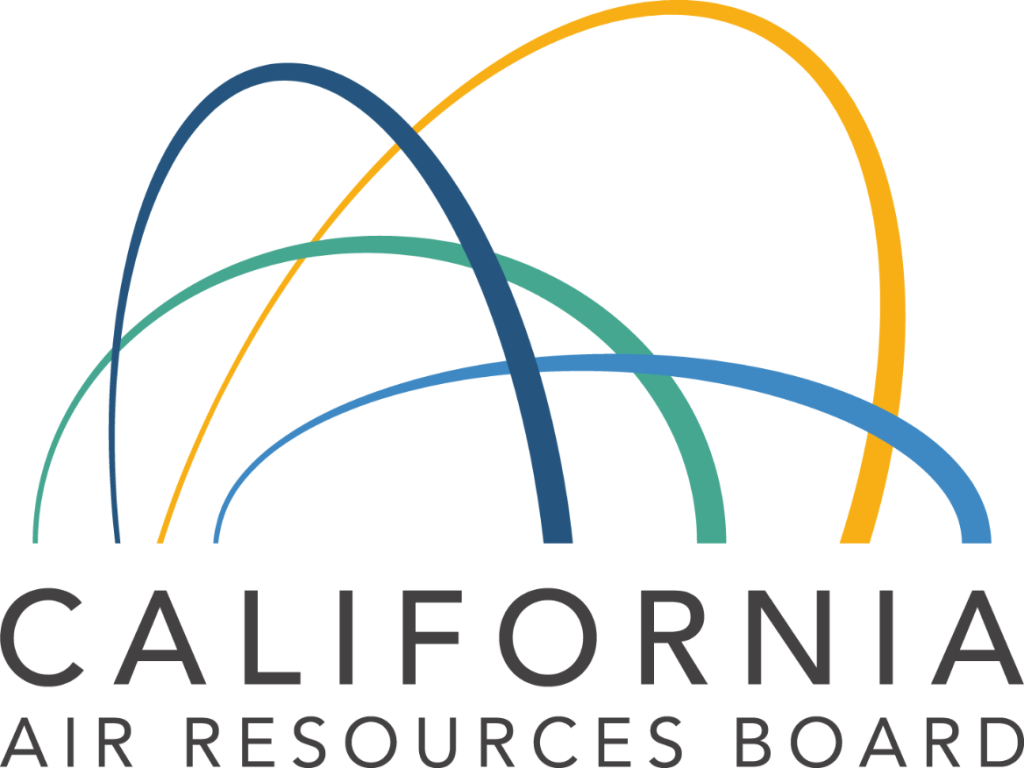
What we build
We offer emissions reduction services for terminal operators, container ships, auto carriers, and tankers.
WHO WE BUILD FOR
We will tackle the highest polluting sectors—starting with the shipping industry—and expand our reach from there.


Why we build
Our goal is to capture 1% of the global CO2 emissions causing climate change and prevent it from getting into the atmosphere.
We offer our patented universal emissions control system as a service to fleets and terminals, delivering clear financial and environmental benefits.
Our patented technology has been designed for use on all vessel configurations to minimize impact on operations. Become a part of the solution today.
Reduce emissions
Save time and money
Increase operational efficiency
Engage with reliable partners
Long Beach-based startup STAX Engineering has deployed its pollution-capturing tech at multiple ports for the first time, to service vessels at the Ports of LA, Long Beach and Oakland.
The system is powered by renewable diesel and is designed to capture and filter exhaust from container ships and auto carriers, removing 99% of diesel particulate matter and 95% of nitrogen oxide. It then releases pollution-stripped gas that’s a mixture that includes CO2 and water vapor.
"*" indicates required fields

STAX is the 2021 California Air Resource Board’s grant recipient for technology advancement, ensuring our solutions meet expanding regulations today and in the future.
Executive Orders for STAX CARB-approved emission control systems (CAECS) for compliance with the At Berth Regulation.
STAY UP TO DATE